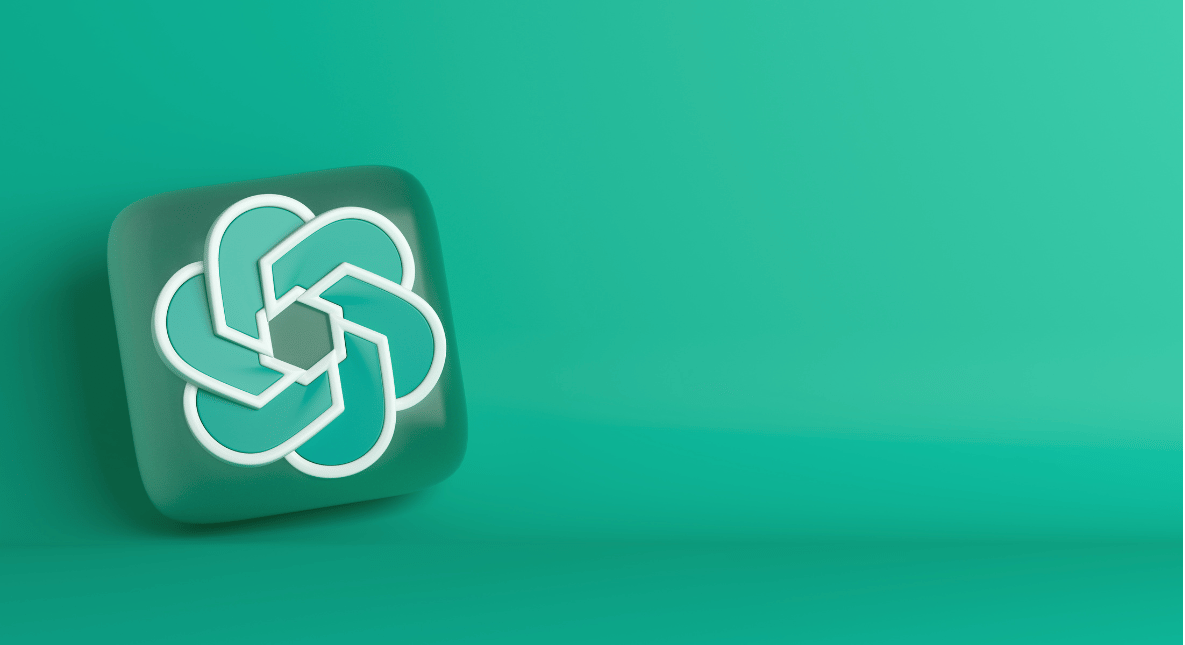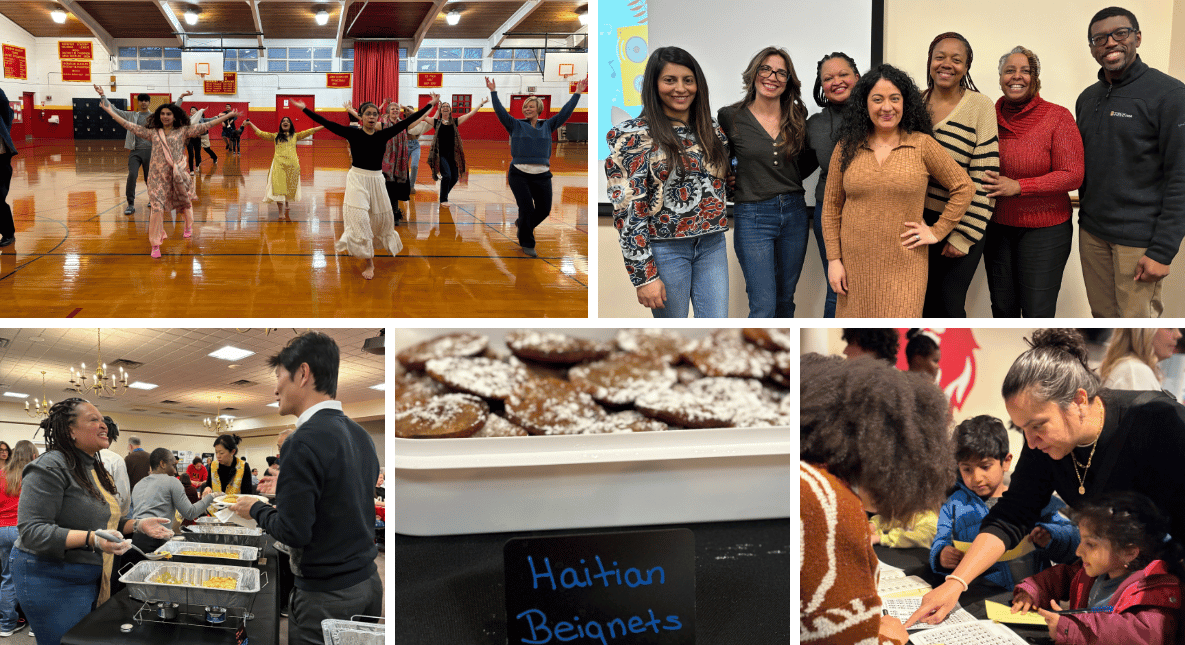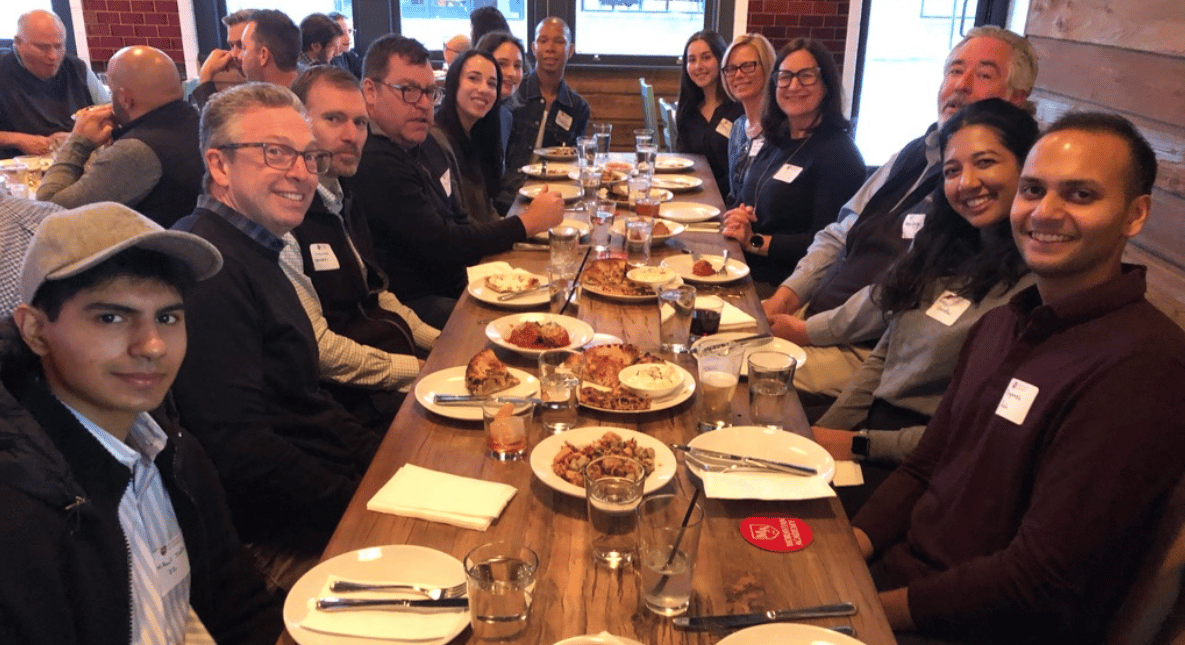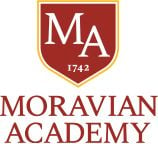ChatGPT Has Arrived at Moravian Academy!
Last summer I had a number of conversations where I shared information about artificial intelligence software that was already available to our students that could write their school essays for them for a monthly subscription of $35. The typical response was disbelief.
Then a few months later, I was meeting with one of our Moravian Academy seniors who shared with me that he started a non-profit, machine learning (a type of artificial intelligence) collective. He had been part of it for a few years and works on a project that can use Face ID even when an individual wears a mask. Yes, this is one of our students! As a young man who had been at Moravian Academy since first grade, he had become inspired in STEM through teachers both in middle and high school. He also shared with me that he had been exploring a new, free AI software called ChatGPT. He told me, “It can write your homework for you.”
That was the first time I heard of ChatGPT, a new open source software that made it even more easy to do your writing for you because it was free and available to anyone. Today, headlines are filled with news related to this software, ChatGPT:
- Chat GPT Passed an MBA Exam. What’s Next? [Knowledge at Wharton Business Journal]
- Everybody is Cheating, Why this teacher has adopted an open ChatGPT policy [NPR]
- ChatGPT in Schools: Here’s Where It’s Banned And How It Could Potentially Help Students [Forbes]
- ChatGPT could turn writing into ‘technical Mad Libs.’ But could it also spark needed change in higher ed? [PublicSource]
Some people are very excited about what ChatGPT can do. Others are terrified—terrified that artificial intelligence will destroy jobs and be responsible for massive unemployment. Certainly there are those who are optimistic about a future where AI can help solve problems in collaboration with humanity, and there are those who are very worried. Regardless of one’s view, this technology is here to stay, and it will continue to get better. It is incumbent upon schools to reconsider their approaches to teaching and learning in an AI world.
Recently I had conversations with teachers at our Upper School, and they have already begun to explore how best to respond. One teacher shared that he and his colleagues in the English department planned to shift more classroom assignments to be completed on campus, where methods can be monitored, rather than at home. They plan to challenge students to tackle important writing assignments in class, collaborating with their peers. Another teacher plans to encourage the use of artificial intelligence. She will encourage students to write their first drafts of essay assignments using ChatGPT and the second draft will have to build upon what ChatGPT wrote to make it better. This is innovation—responding to the changing environment in which our students find themselves and challenging them in critical and creative ways.
Moravian Academy has long been an institution where teachers evolve their curriculum, teaching styles and assignments to meet the needs of the students they serve. The advent of ChatGPT presents a unique opportunity to leverage the technological advances of our world to “empower every student to thrive as a lifelong learner, critical thinker, and global citizen.”


 myMA
myMA





.png)





